An outflow boundary, also known as a gust front, is a vital weather phenomenon in the field of meteorology. It is essentially the storm-scale or mesoscale leading edge of cooled air that emanates from storm downdrafts, or in simpler terms, a mini cold front. These boundaries can travel far from their thunderstorm of origin and influence weather conditions in their path, thereby playing a crucial role in forecasting the weather.
Table of Contents
The meaning
An outflow boundary’s meaning is intrinsically tied to its function in the meteorological world. The term is used to describe the leading edge of cool air that has been rapidly descending during a thunderstorm. This cooled air, heavier than the surrounding air, rushes out at the ground level and serves as a kind of mini-cold front, pushing the warmer air upwards. The upwards movement of warm air often triggers further thunderstorm activity, making outflow boundaries key indicators in weather prediction. Moreover, the speed and direction of these boundaries can provide further insights into the severity and progression of the storm.[1]
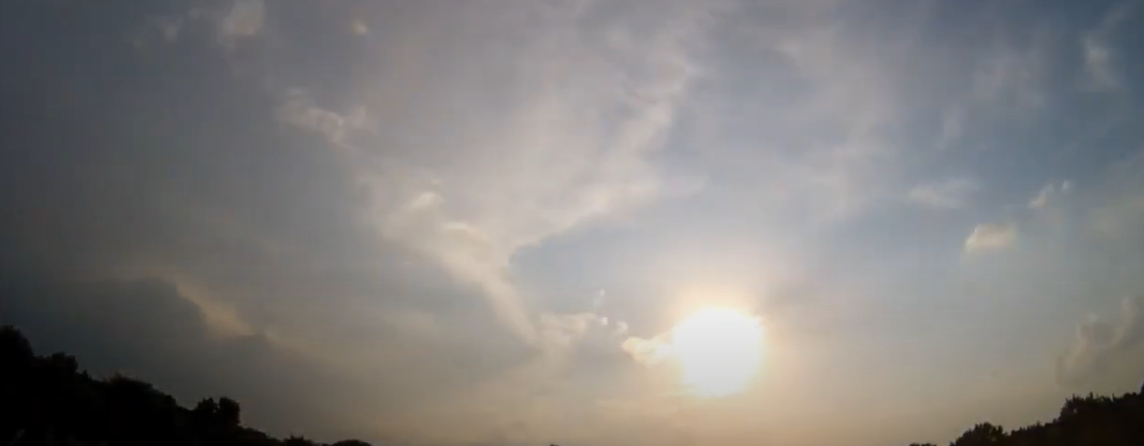
Outflow boundaries
Outflow boundaries can stir up weather events that are both interesting and complex. Their ability to interact with other weather systems or boundaries can exacerbate weather conditions, often leading to the formation of new thunderstorms. These boundaries can even result in the creation of a ‘derecho,’ a widespread and long-lived windstorm that is associated with a band of rapidly moving showers or thunderstorms. The tracking of outflow boundaries, therefore, is critical for meteorologists to anticipate and predict severe weather conditions accurately. They rely on radar imagery and wind field data to monitor the movement and intensity of these boundaries, and use this information to provide timely weather updates and warnings.[2],[3]
Dueling outflows
“Dueling outflows” is a term used to describe a scenario where two outflow boundaries from separate storms collide. When these two boundaries clash, they can create a wide range of weather events due to the highly unstable conditions caused by the sudden movement and collision of cooler and warmer air masses. The interaction can lead to intensified wind speeds and potentially the formation of new thunderstorms at the collision point. In some instances, dueling outflows can even trigger tornadoes, owing to the extreme atmospheric instability. Meteorologists pay close attention to these phenomena, as they can dramatically alter weather patterns and contribute to sudden, severe weather events. Consequently, understanding and predicting dueling outflows is a significant aspect of weather forecasting. Tracking these occurrences helps meteorologists provide accurate and timely weather warnings, contributing to public safety and preparedness.[2]
Gust fronts
Gust fronts are synonymous with outflow boundaries, marking the leading edge of cool air that is rapidly descending from a thunderstorm. As they sweep through an area, gust fronts can stir up dust and result in gusty winds, often leading to a sudden drop in temperature. The interaction of the gust front with the surrounding warmer air can create conditions ripe for the development of additional thunderstorms. In certain scenarios, the gust front can precede the thunderstorm’s rain by several minutes. Meteorologists keep a close eye on gust fronts as their presence, speed, and direction can give important clues about the potential severity and development of a storm. Accurate prediction of gust fronts can lead to effective weather warning systems, safeguarding communities from unexpected weather disruptions.[2]
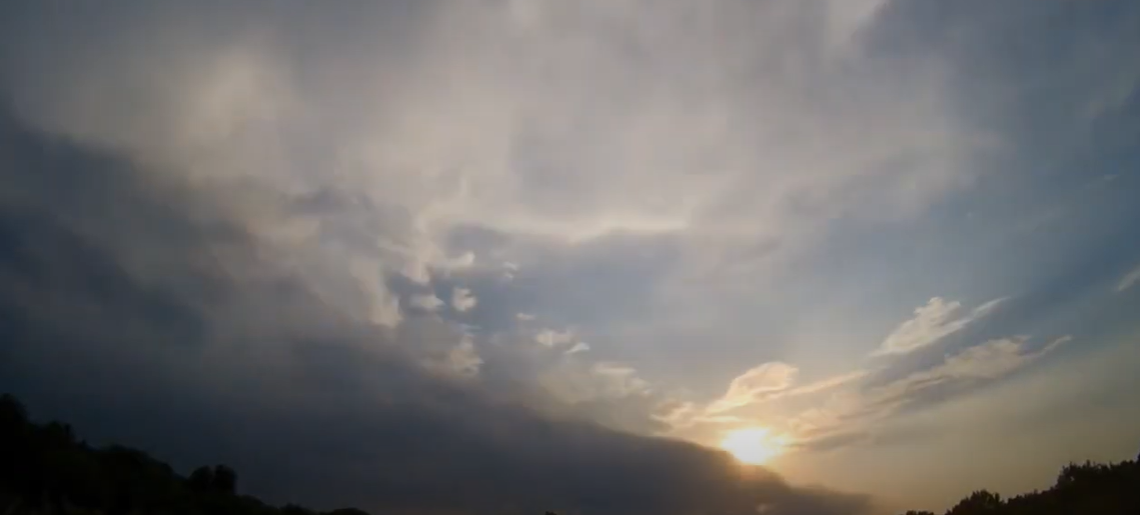
What Do You See?
Outflow boundaries or gust fronts are often visible on radar, but they can sometimes be observed in person as well. From the ground, an approaching outflow boundary might appear as a line of low, puffy clouds, or it could stir up dust and debris, creating a visible “dust front”. You might also feel a sudden change in wind direction and temperature as the boundary passes over. The wind often becomes gusty and cooler, providing temporary relief on a hot day. Additionally, if you’re watching the sky, you might see the formation of new thunderstorms following the passage of the boundary. Meteorologists use these visual signs, alongside radar images and data, to track and forecast these fascinating meteorological events.[3]
A More Thorough Pre-Flight
Understanding and predicting outflow boundaries are paramount, particularly for those in aviation. Before embarking on a flight, pilots need to be aware of the potential impact of these weather phenomena on their planned routes. Given the ability of outflow boundaries to trigger new thunderstorms, and even tornadoes in the case of dueling outflows, they represent a significant weather risk for aircraft. Thorough pre-flight checks should, therefore, include an analysis of meteorological data and forecasts for the presence of outflow boundaries. Weather radar images, wind field data, and meteorological predictions should be carefully examined. Any sign of an outflow boundary on a flight path warrants close attention and potentially an adjustment of the flight plan. In this way, a more thorough pre-flight consideration of weather conditions, including understanding and anticipating the potential influence of outflow boundaries, can significantly enhance flight safety.[3]
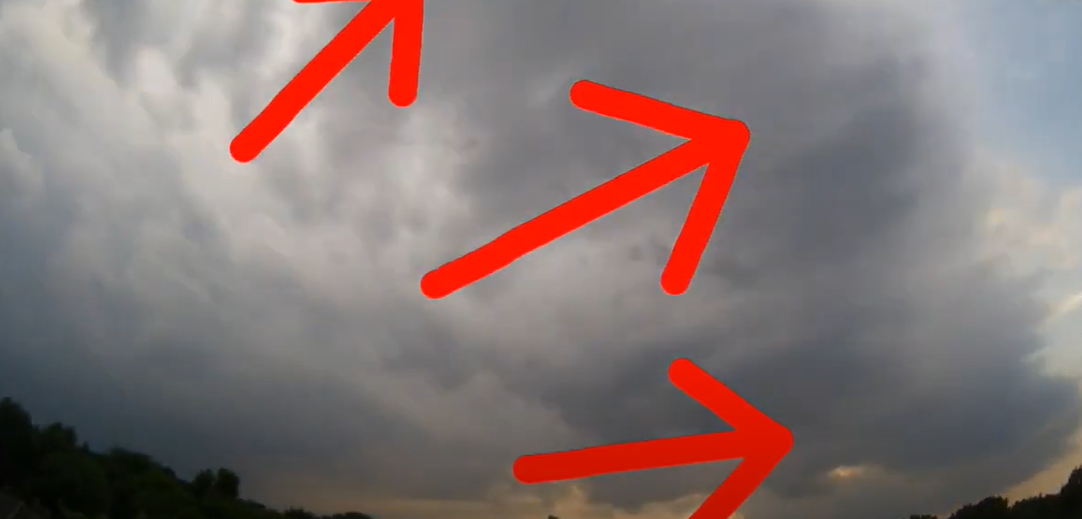
FAQ
What is the outflow boundary?
The outflow boundary, also referred to as a gust front, is a fascinating and significant meteorological phenomenon that plays a critical role in shaping weather patterns and influencing storm development. It occurs when a thunderstorm unleashes a burst of cool air that rapidly descends to the ground, displacing the warmer air in its path. This displacement of air creates a distinct boundary, known as the outflow boundary or gust front.
The outflow boundary holds great importance in weather forecasting due to its ability to trigger further thunderstorm activity. As the cool air spreads along the ground, it can collide with warm air masses, leading to the formation of new storms. This makes the tracking and monitoring of outflow boundaries crucial for meteorologists as they strive to accurately predict and anticipate severe weather conditions.
By closely observing the speed and direction of outflow boundaries, meteorologists can gain valuable insights into the severity and progression of storms. These boundaries can also interact with other weather systems, often complicating weather events and potentially giving rise to widespread windstorms known as ‘derechos.’ The intricate understanding of outflow boundaries enables meteorologists to provide timely weather updates and warnings, ensuring the safety and preparedness of communities in the face of severe weather conditions.
Can an outflow boundary cause a tornado?
Yes, an outflow boundary can indeed trigger a tornado. A tornado is typically caused by severe atmospheric instability, which is associated with the contrasting air masses that interact along an outflow boundary. When a cooler air mass from the outflow boundary clashes with a warmer, moist air mass in its path, it can lead to intense updrafts. These updrafts can generate severe thunderstorms, which have the potential to spawn tornadoes, especially if there are sufficient wind shear conditions.
This phenomenon is more likely to occur when the outflow boundary is from a particularly intense thunderstorm or when “dueling outflows” come into play – the collision of two outflow boundaries which can dramatically increase the atmospheric instability. However, it is important to note that while outflow boundaries can contribute to the formation of tornadoes, the presence of an outflow boundary does not guarantee a tornado will form.
Meteorologists closely monitor these boundaries to predict severe weather conditions, including the possibility of tornadoes. By analyzing various atmospheric parameters such as moisture content, temperature gradients, and wind patterns, they can assess the likelihood of tornado formation and issue appropriate weather warnings to keep the public safe.
By understanding the dynamics of outflow boundaries and their role in tornado formation, meteorologists can better forecast and track severe weather events, providing crucial information to communities and helping them prepare and respond effectively.

What is outflow boundary aviation?
Outflow boundary aviation, also known as the study of outflow boundaries’ impact on aviation, delves into the intricate relationship between gust fronts and the field of aviation. When an outflow boundary occurs, which is characterized by a sudden surge of cool air descending from a thunderstorm, it can have significant implications for flight conditions. The passage of these boundaries can result in a host of challenging conditions, including gusty winds, abrupt temperature drops, and the potential formation of new thunderstorms, all of which pose hazards to both airborne and ground operations.
As a result, pilots, air traffic controllers, and meteorologists must remain vigilant and closely monitor these phenomena. Comprehensive understanding and accurate prediction of outflow boundaries are critical components of pre-flight planning and in-flight decision-making. In the presence of an outflow boundary, flight paths may need to be adjusted, and flights may have to be rescheduled to ensure the utmost safety of all involved.
Therefore, outflow boundary aviation emerges as an indispensable element of weather forecasting within the realm of aviation safety, necessitating meticulous analysis of precise and timely meteorological data. By comprehensively studying and comprehending the intricacies of outflow boundaries, aviation professionals can better navigate the ever-changing weather conditions to ensure safe and efficient flights.
What does outflow mean in weather?
In weather terminology, “outflow” refers to the movement of air that flows outward from a storm system. It is a crucial phenomenon often observed in association with thunderstorms. When a thunderstorm develops, the cooler air rapidly descends and spreads out at the ground level, creating what is known as outflow. This cooler air is propelled out of the storm by the downward motion of the storm’s precipitation and the cooling effect resulting from the evaporation of some of that precipitation.
Once the cool air reaches the ground, it spreads out in all directions, forming an outflow boundary or gust front. This boundary can extend for several miles and is characterized by a noticeable drop in temperature and a significant shift in wind direction and speed. The outflow’s effects can be quite dramatic, impacting the surrounding environment and weather conditions.
Moreover, as the outflow boundary continues to move, it can interact with the warm air present in the vicinity, creating favorable conditions for the development of new thunderstorms. This interaction between the outflow and the surrounding warm air can trigger the initiation of additional storm activity, making outflow a critical factor in understanding storm behavior and making accurate meteorological forecasts.
In summary, outflow plays a significant role in the behavior and evolution of thunderstorms, influencing wind patterns, temperature changes, and the potential for new storm development. Understanding the dynamics of outflow is essential for meteorologists and weather forecasters in predicting and monitoring severe weather events.
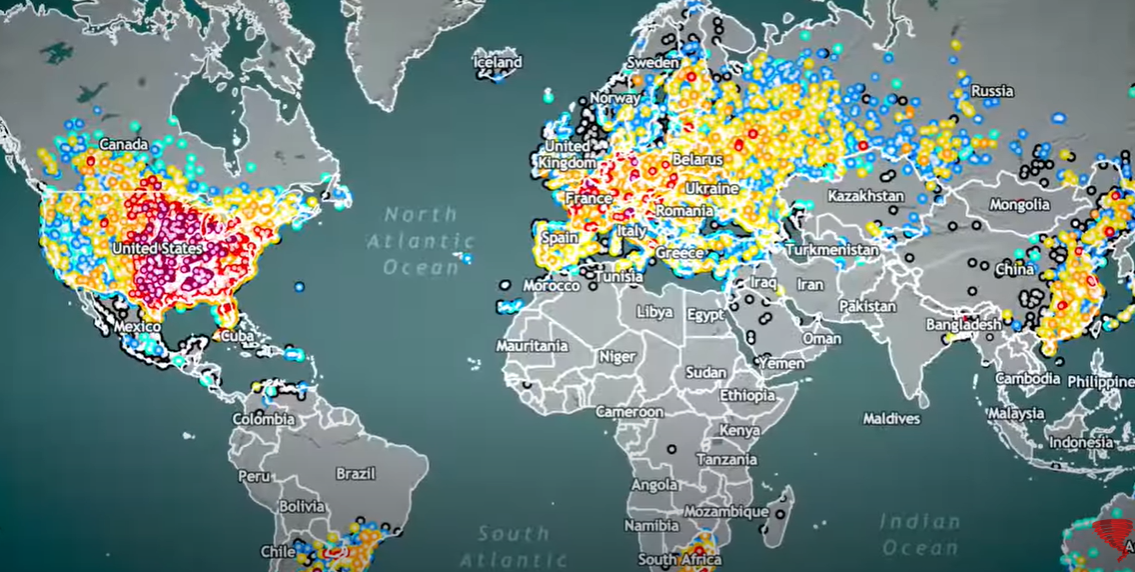
How does the outflow boundary work?
The workings of an outflow boundary are deeply embedded in the dynamics of air masses, temperature gradients, and atmospheric pressure. When a thunderstorm matures, the cooler air within it begins to descend due to its higher density compared to the surrounding warmer air. As this cool air hits the ground, it spreads out, pushing away the warmer, lighter air. This boundary between the cool, outflowing air and the displaced warm air is what we refer to as an outflow boundary.
The interaction between these two contrasting air masses at the outflow boundary can lead to significant weather events. As the cooler air undercuts the warmer air, it causes the warmer air to rise. If there’s sufficient moisture and instability in this rising air, it can lead to the development of new thunderstorms. Additionally, the speed and direction of the outflow boundary can cause changes in wind patterns, leading to gusty conditions and a noticeable drop in temperature.
On a larger scale, these outflow boundaries can interact with other weather systems, amplifying or modifying the severity of weather events. For instance, when two outflow boundaries collide, they can create highly unstable conditions, leading to the formation of severe thunderstorms, and potentially, tornadoes. Thus, understanding the workings of an outflow boundary is crucial for meteorologists to accurately predict and forecast severe weather.
What causes the outflow boundary?
The primary cause of an outflow boundary is the downward movement and subsequent spreading of cool air generated during a thunderstorm. As a thunderstorm matures and develops, the release of latent heat results in the formation of warmer air at the top and cooler air at the base. This cooler air, being denser, begins to descend due to gravity, driven by the convective forces within the storm system.
Once this descending cool air reaches the ground, it spreads out in all directions, creating a radial pattern of airflow. As it expands, it displaces the surrounding warmer air, forming a distinct boundary between the outflowing cool air mass and the displaced warmer air mass. This boundary, known as the outflow boundary, marks the transition zone between the two air masses.
The intensity and movement of the outflow boundary are influenced by various factors. The strength of the thunderstorm itself plays a role, with stronger storms producing more vigorous outflows. Environmental temperature gradients also contribute, as they affect the contrast between the cool outflow and surrounding air. Additionally, the nature of atmospheric instability, such as the presence of wind shear or favorable vertical wind profiles, can influence the behavior of the outflow boundary.
Understanding the interaction of these factors is crucial in assessing the potential for subsequent weather events. The outflow boundary can act as a trigger for the formation of new thunderstorms, as it provides a localized convergence zone where warm and cool air masses collide. In some cases, the outflow boundary may promote the development of windstorms or even tornadoes, particularly when it interacts with other atmospheric features.
By studying and analyzing the behavior of outflow boundaries, meteorologists can gain valuable insights into the dynamics of thunderstorms and their associated weather phenomena. This knowledge helps in forecasting and understanding the intricate workings of the atmosphere, contributing to improved weather predictions and early warning systems.
Useful Video: Weather 101: What is an outflow boundary?
Conclusion
Outflow boundaries, a key component in weather systems, are primarily caused by the downward movement and dispersion of cooler air during a thunderstorm. As this cooler air descends, it spreads out horizontally, creating a boundary between the storm and its surrounding environment. This boundary acts as a trigger for significant shifts in wind speed and direction, leading to abrupt temperature drops and even the potential for the formation of new thunderstorms.
Moreover, the interactions between outflow boundaries and other weather systems can further amplify or modify the severity of weather events. When these boundaries collide or merge with other air masses, it can result in the formation of powerful weather phenomena such as squall lines or supercell thunderstorms. This intricate interplay of atmospheric dynamics offers meteorologists a deeper understanding of the complex workings of our weather systems.
Beyond meteorology, the knowledge of outflow boundaries is crucial in various fields, including aviation. Pilots and air traffic controllers rely on accurate weather information to ensure the safety of flights. By understanding the behavior and impact of outflow boundaries, aviation professionals can make informed decisions regarding flight routes, departure times, and even the need for weather-related diversions.
Despite their complexity and often unpredictable nature, outflow boundaries represent a fascinating aspect of atmospheric science. They provide valuable insights into the intricacies of weather patterns and dynamics, shedding light on the ever-evolving nature of our atmosphere and its impact on our daily lives.
References:
- https://www.kark.com/weather-knowledge/what-are-outflow-boundaries/
- https://www.aopa.org/news-and-media/all-news/2010/july/01/wx-watch-outflow-info
- https://aerocrewnews.com/education-2/safetywx/squall-line/outflow-boundaries/

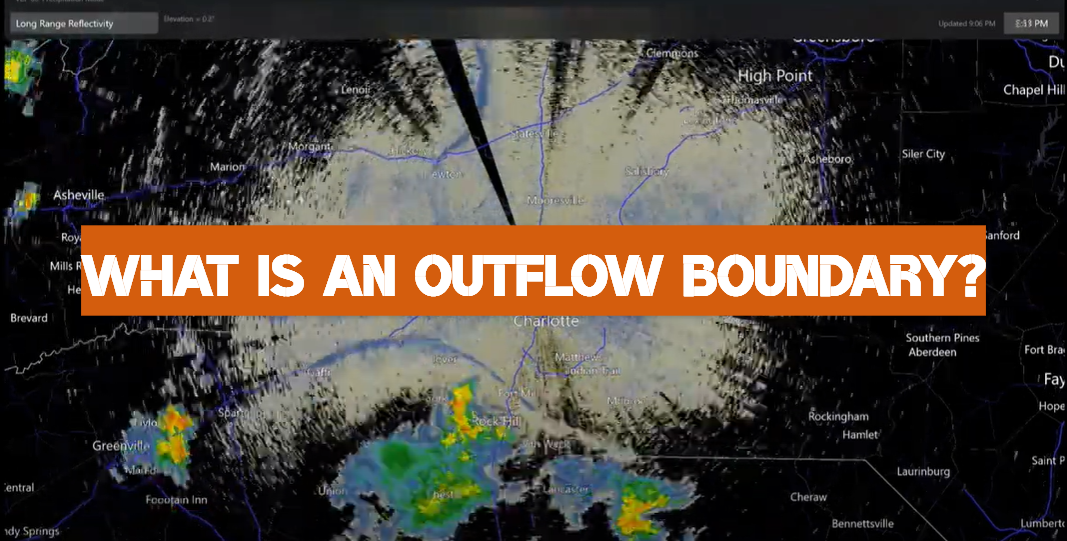
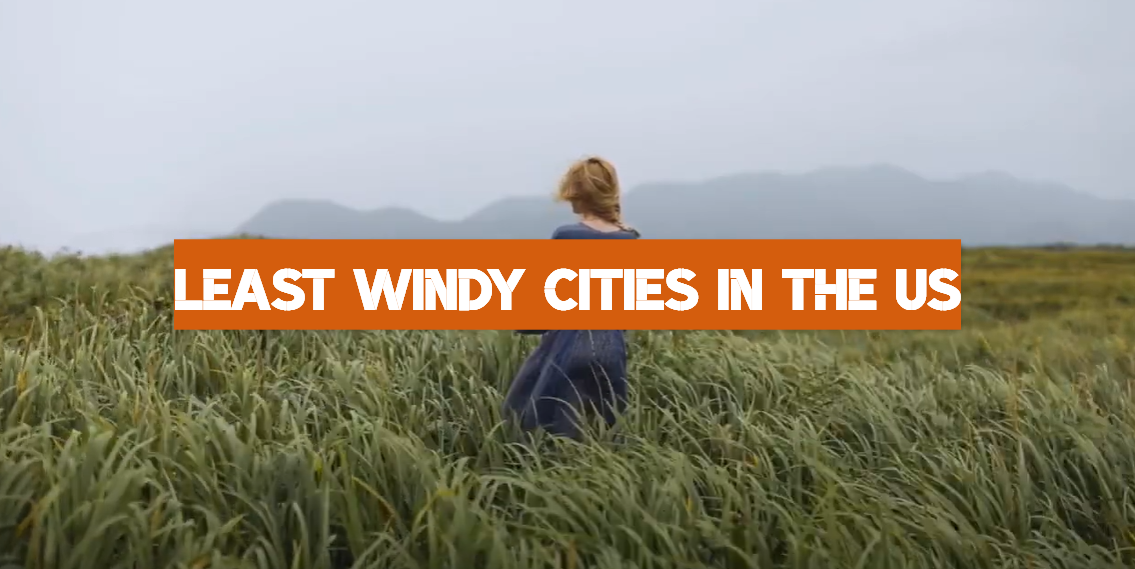

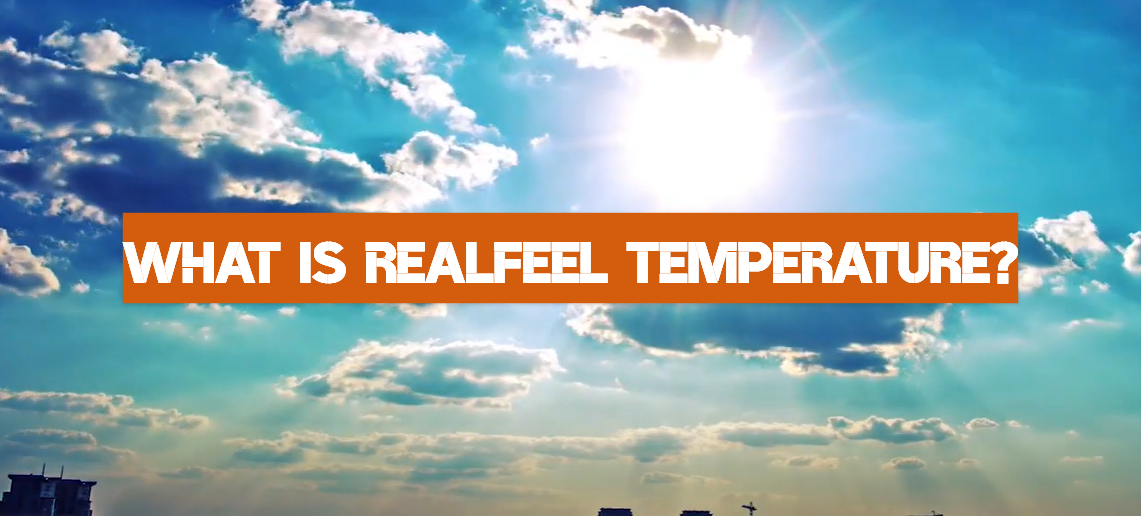

Leave a Reply